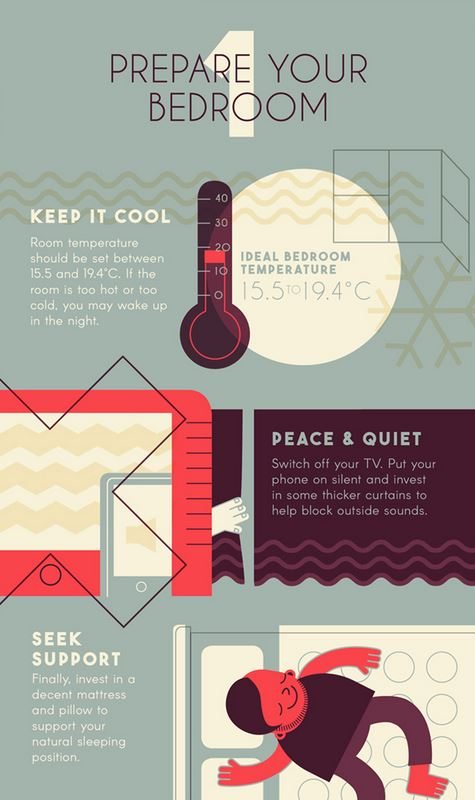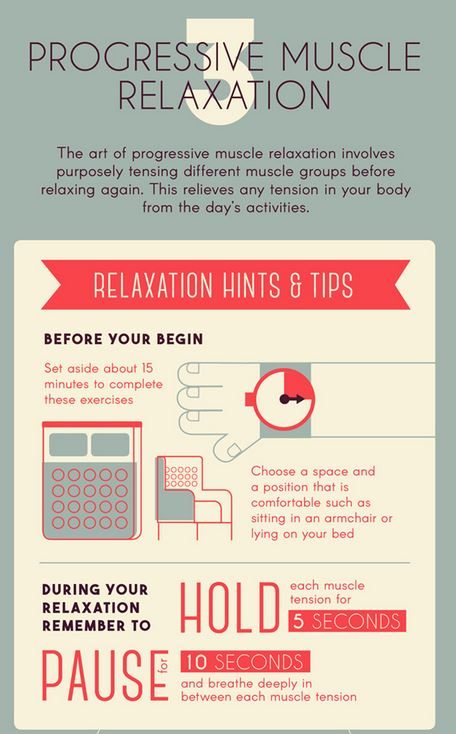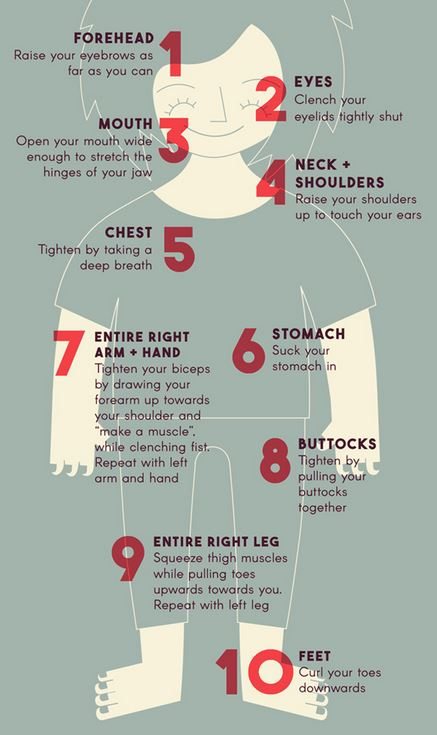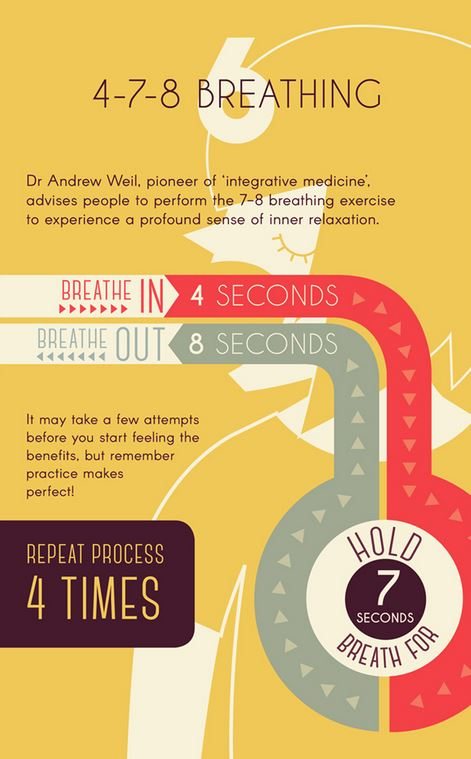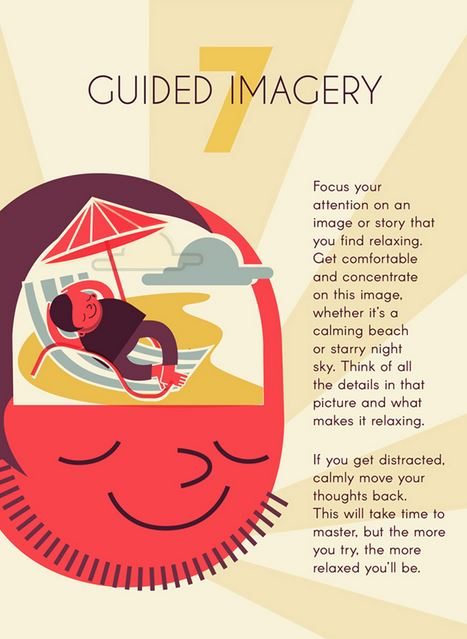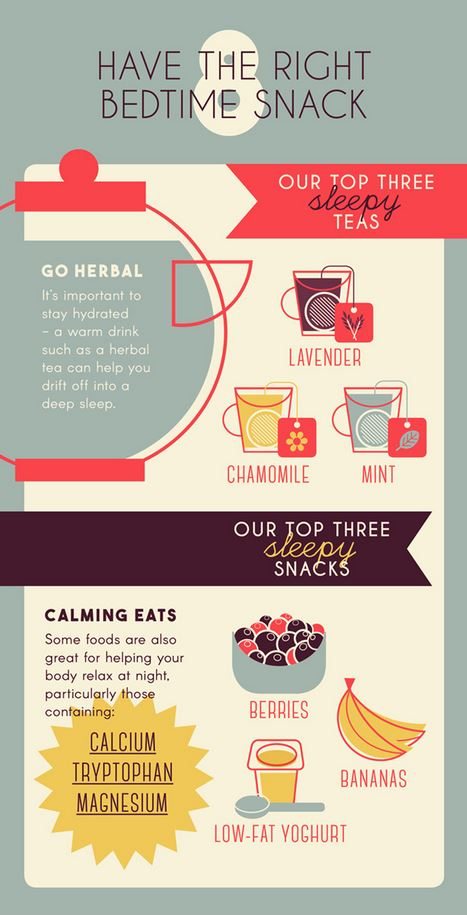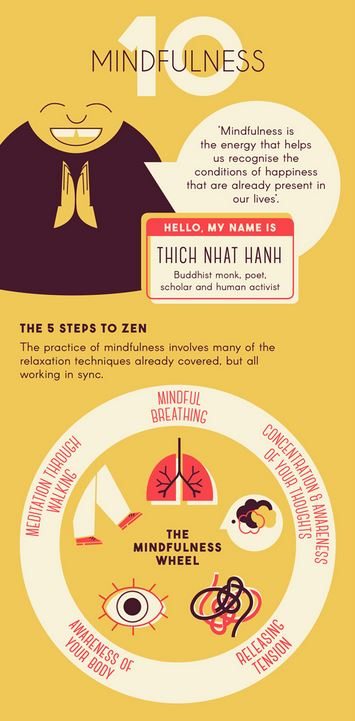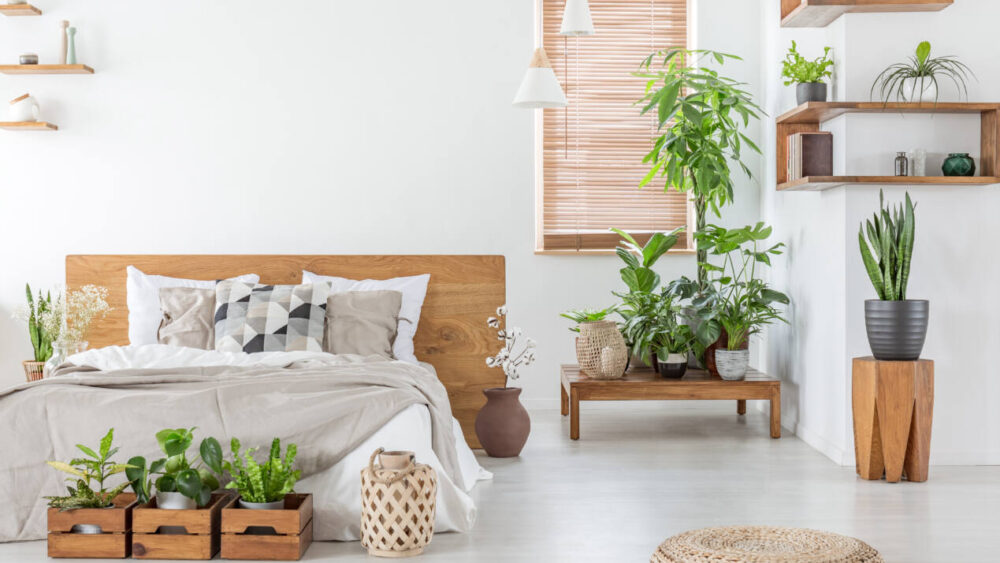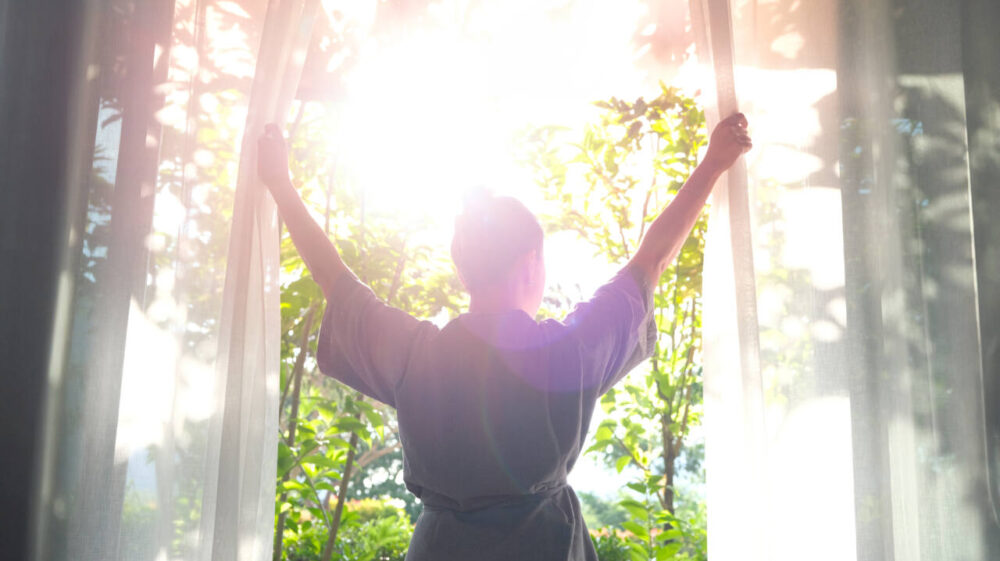Try These 10 Relaxation Tips If You Have Trouble Sleeping [Infographic]
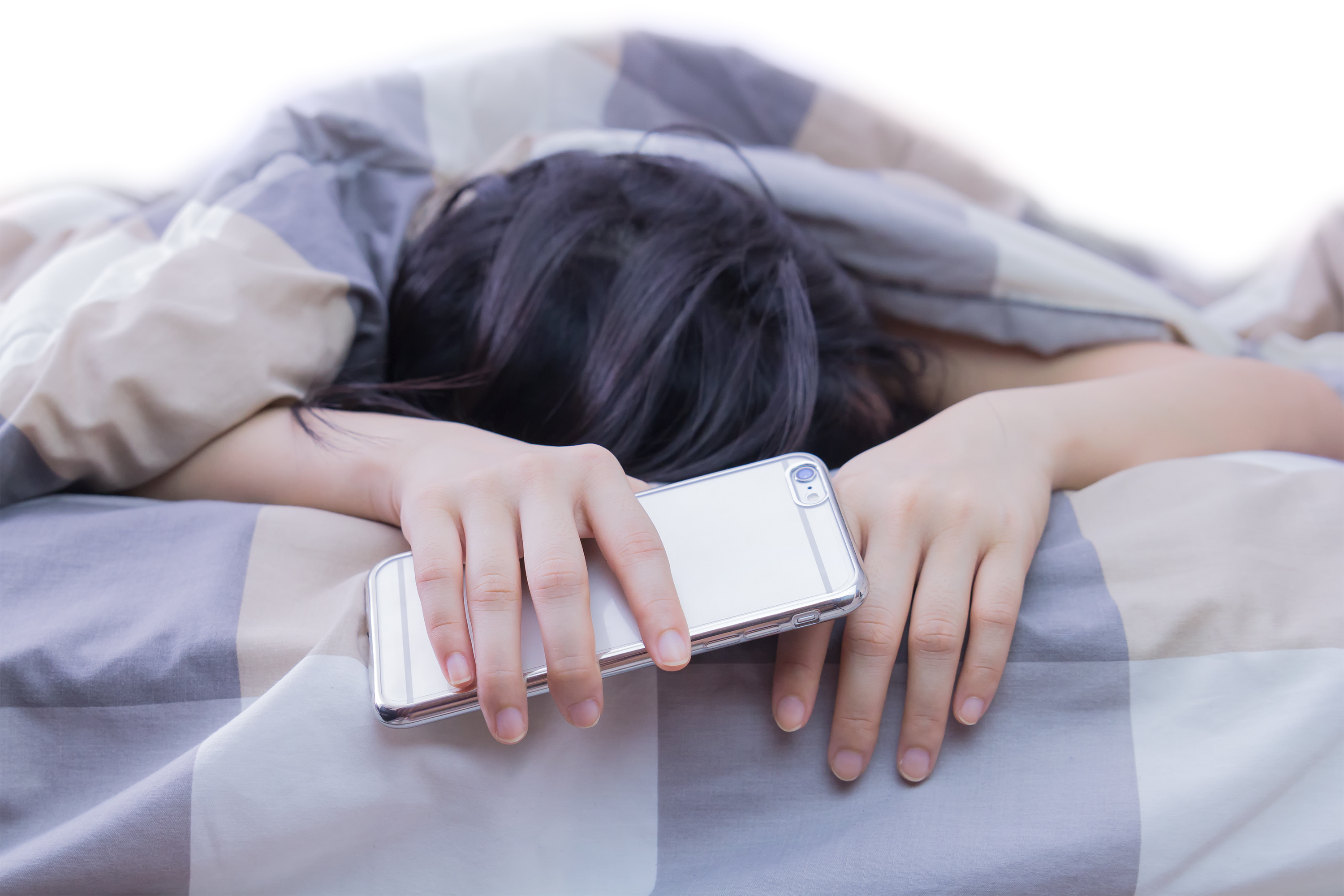
If you struggle to fall asleep, or stay asleep once you’re there, you are far from alone. According to the Sleep Management Institute, you’re just one of nearly 30 to 50 percent of people affected by insomnia. While it can affect anyone, it is more common in women and the chances of sleeping poorly increase as we age.
Excluding a case of chronic insomnia, most insomnia comes and goes depending on pain, illness, stress and other non-permanent things. If your insomnia is not caused by a chronic condition, there are things you can do to increase your chances of drifting off to dreamland much easier.
Everyone knows about counting sheep and not chugging a coffee before bed, but the Sleep Matters Club created some pretty neat graphics with some relaxation techniques you may not have heard of.
First up, prepare your bedroom. Make sure the temperature of the room is somewhere between 54-66 degrees Fahrenheit and turn off that TV. While you’re at it, put your phone on silent, too. Of course, make sure you have a comfy mattress and pillow that matches your sleeping needs.
The next idea is super easy. Simply keep a journal by your bed and write down any worries you have about the following day. Instead of lying awake to think about them, let them spend the night on paper and not in your head.
You can also try progressive muscle relaxation, or simply tensing different muscle groups before relaxing them again. It should take about 15 minutes, which is totally worth it if it helps you sleep through the night.
The fourth and fifth ideas both involve meditation. First, try humming. It has the same effect on the nervous system as deep breathing and also makes your face, neck and shoulder muscles relaxed and soothed. It’s pretty much like a mini massage! Next, try sound meditation. Listening to noises like ocean waves or wind can help you fall asleep easier than listening to the TV or no sound at all.
Next, take it a step further with breathing exercises. The Sleep Matters Club recommends the 4-7-8 breathing exercise advised by Dr. Andrew Weil. This method says to breath in for four seconds, hold for seven and breath out for eight seconds.
Heading back to a form of meditation, also try guided imagery. Think about an image or story you find relaxing. Perhaps a beach or night under the stars.
The eighth suggestion is one we can all get behind—have a snack! But, be sure to make it the right snack. Herbal teas like lavender, chamomile and mint are good choices, as are berries, bananas and low-fat yogurt. Foods containing calcium, tryptophan and magnesium will all help you catch some shut-eye.
If none of this is working, tip nine is to never lie awake in bed. If you just can’t fall asleep, get out of bed and repeat your bedtime routine.
Lastly, end with some mindfulness. It’s basically everything already discussed, but now it all needs to work in sync. From mindful breathing and concentrating on good thoughts to meditation and releasing tension, try everything together for a good night’s sleep.
If none of these are doing it for you, the National Sleep Foundation also recommends sticking to a sleep schedule, exercising daily and avoiding naps.
Sweet dreams!


